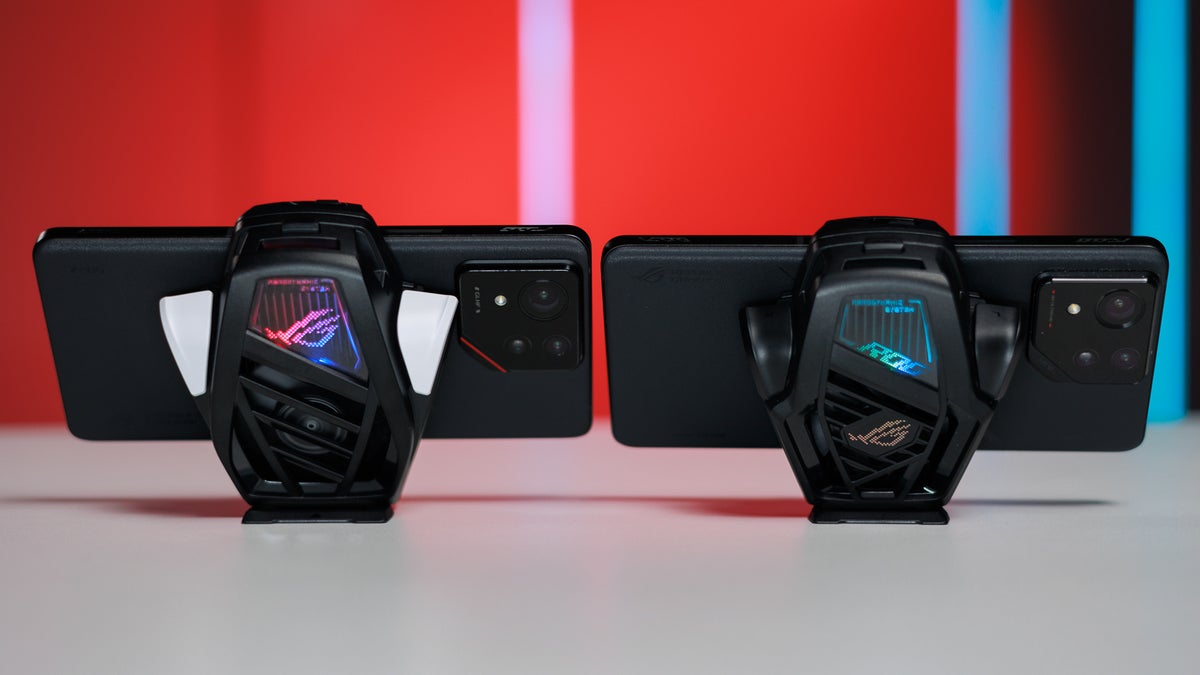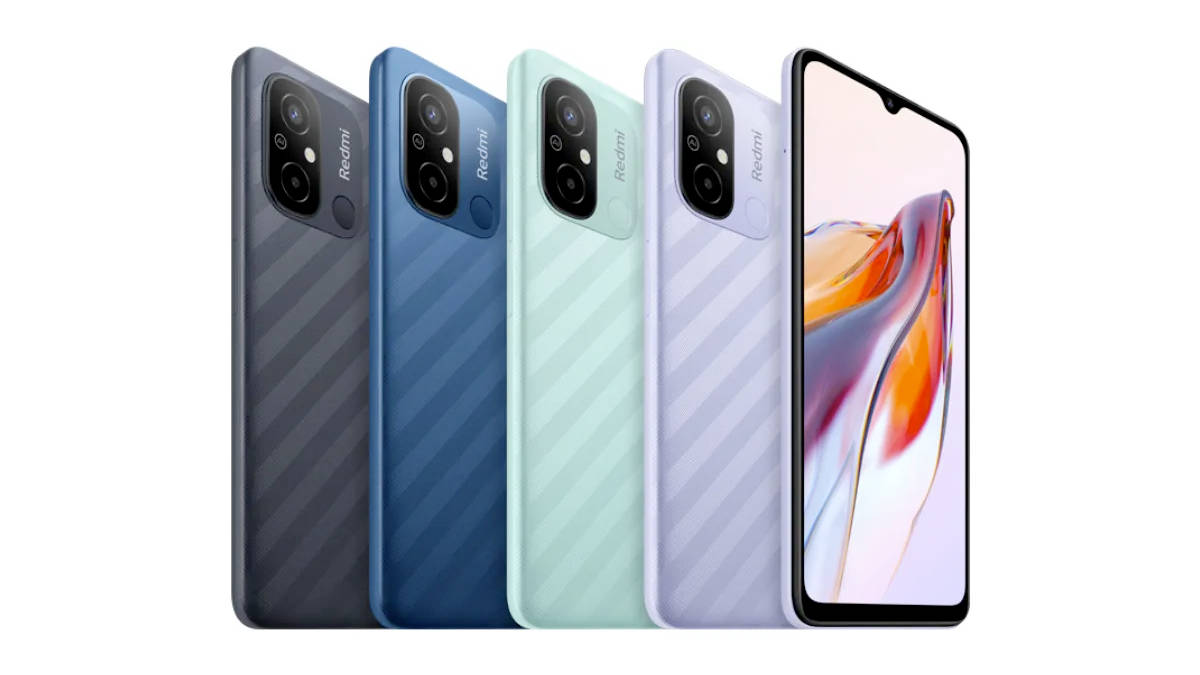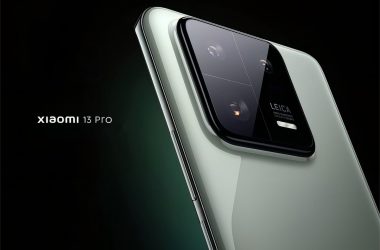In the ever-evolving world of smartphones, foldables have become the new frontier. As we dive into 2024, two tech giants are going head-to-head with their latest offerings. In one corner, we’ve got the Google Pixel 9 Pro Fold, starting at a cool $1,799. On the other end, we have the Samsung Galaxy Z Fold 6, coming in at $1,899. Let’s break down these powerhouse devices and see how they stack up against each other.
| Feature | Google Pixel 9 Pro Fold | Samsung Galaxy Z Fold 6 |
|---|---|---|
| Starting Price | $1,799 | $1,899 |
| Outer Display | 6.3-inch | 6.2-inch |
| Inner Display | 8-inch | 7.6-inch |
| Peak Brightness | 2,700 nits | 2,600 nits |
| Processor | Google Tensor G4 | Snapdragon 8 Gen 3 |
| RAM | 16GB | 12GB |
| Main Camera | 48MP | 50MP |
| Telephoto Camera | 10.8MP, 5x optical zoom | 10MP, 3x optical zoom |
| Ultra-wide Camera | 10.5MP | 12MP |
| Water Resistance | IPX8 | IP68 (water and dust) |
| Battery Capacity | 4,650mAh | 4,400mAh |
| Fast Charging | 45W | 45W |
| Weight | Not specified | 239 grams |
| Unfolded Thickness | 5.1mm (claimed thinnest) | Not specified |
| Software Updates | 7 years | 7 years |
| Special Features | “Made You Look” mode | DeX mode |
| Pixel Studio app | Improved cooling system | |
| Display Technology | Super Actua | Dynamic AMOLED |
| Refresh Rate | Up to 120Hz | Up to 120Hz |
| AI Features | Gemini Live, Clear Calling | AI photo editing, text gen |
| Outer Glass | Gorilla Glass Victus 2 | Gorilla Glass Victus 2 |
Design and Build:
Google has made significant strides with the Pixel 9 Pro Fold, moving away from the passport-like shape of its predecessor. The new design sports a 6.3-inch outer display that’s practically identical to the regular Pixel 9, making it feel more like a normal phone when folded. Google claims it’s the thinnest foldable on the US market, measuring just 5.1mm when unfolded.
Samsung, not to be outdone, has refined their already sleek design with the Z Fold 6. They’ve opted for a more squared look with a matte aluminum frame that’s not only fingerprint resistant but also exudes a premium feel. The Z Fold 6 is also significantly lighter than its predecessor, weighing in at just 239 grams – a difference you’ll definitely notice in your pocket.
Both phones have made improvements to their crucial hinge components. Google’s new steel hinge feels smooth and satisfying to use, while Samsung’s redesign allows for a thinner profile overall and an almost gapless closure.
Durability:
This is a crucial factor for foldables, and both companies are stepping up their game. The Pixel 9 Pro Fold comes with an IPX8 water resistance rating, while Samsung has gone a step further with the Z Fold 6, offering both water and dust resistance with an IP68 rating. Both use Gorilla Glass Victus 2 for their outer displays and back panels, providing good scratch and drop protection.
However, the inner folding displays remain a potential weak point for both devices. While improvements have been made, users will still need to be more careful with these screens compared to traditional smartphones.
Display Technology:
The Pixel 9 Pro Fold boasts a 6.3-inch outer display and an 8-inch inner display when unfolded. Both screens feature Google’s Super Actua technology, capable of hitting a peak brightness of 2,700 nits – seriously impressive for outdoor visibility.
Samsung’s Z Fold 6 features a 6.2-inch cover display and a 7.6-inch main display when unfolded. Both can reach up to 2,600 nits of peak brightness, which is still excellent. Samsung has also made efforts to reduce the visibility of the crease on the main display.
Both devices support high refresh rates of up to 120Hz, ensuring smooth scrolling and animations. One area where the Pixel might have an edge is in the aspect ratio of its inner display. Google has opted for a more squarish form factor, which could potentially lead to better app compatibility and a more comfortable experience for tasks like typing or using maps.
Performance:
Under the hood, we’ve got some powerhouse specs in both devices. The Pixel 9 Pro Fold is running on Google’s latest Tensor G4 chip paired with a whopping 16GB of RAM. This should provide plenty of power for multitasking, AI features, and gaming.
The Galaxy Z Fold 6 is no slouch either, packing the latest Snapdragon 8 Gen 3 chip, also with 12GB of RAM. Samsung has also improved the cooling system with a new vapor chamber, which should help maintain performance during intensive tasks.
In real-world use, both devices should handle anything you throw at them with ease. The extra RAM in the Pixel might give it a slight edge in keeping more apps in memory, but we’d need to do more testing to say for sure.
Camera Systems:
Google has largely stuck with the camera setup from the original Pixel Fold, which isn’t necessarily a bad thing. We’ve got a 48-megapixel main sensor, a 10.8-megapixel telephoto with 5x optical zoom, and a 10.5-megapixel ultra-wide. While the hardware might not be groundbreaking, Google’s computational photography is still top-notch.
Samsung has also kept a similar camera setup to the previous Z Fold, with a 50-megapixel main sensor, a 10-megapixel telephoto with 3x optical zoom, and a 12-megapixel ultra-wide.
Both phones have under-display cameras for the inner screen, but these are mainly for video calls and aren’t going to win any photography awards.
Where Google might have an edge is in its new camera features. The “Made You Look” mode, which plays animations on the cover screen to get natural reactions from subjects (especially children), is a clever idea. Google’s also bringing features like video boost and improved low-light performance to the Pixel 9 Pro Fold.
Software and AI Features:
This is where both phones really start to flex their muscles. Google is leveraging its AI prowess with features like the new Pixel Studio app, which allows for AI-generated images, sticker creation, and even invitation designs. There’s also Gemini Live for more AI conversations and improvements to features like Clear Calling.
Samsung is coming with its own suite of AI tools, including generative AI features for photo editing and text generation. The Galaxy Z Fold 6 also benefits from Samsung’s DeX mode, which turns your phone into a desktop-like experience when connected to a larger display.
Both phones are promising long-term software support, with Samsung pledging an impressive seven years of Android, One UI, and security updates for the Z Fold 6. Google has specified the same for the Pixel 9 Pro Fold: seven years of Android updates and security patches.
Battery and Charging:
The Pixel 9 Pro Fold packs a 4,650mAh battery, which is a decent size considering its thin profile. It supports 45W wired fast charging, although you’ll need to buy the charger separately.
The Galaxy Z Fold 6 has a slightly smaller 4,400mAh battery, but Samsung has a history of optimizing their software for good battery life. Both phones should comfortably last a full day of mixed use, but power users might want to keep a charger close by.
Pricing and Conclusion:
The Pixel 9 Pro Fold starts at $1,799 for the 256GB model, which is actually $100 less than its predecessor. The Galaxy Z Fold 6 comes in at $1,899 for the same storage. Both are premium prices, but considering the cutting-edge tech involved, it’s not unexpected.
Choosing between these two powerhouses isn’t easy. Both offer innovative features, long-term software support, and cutting-edge technology. Your decision may come down to brand preference, specific features that appeal to you, or slight differences in price. Whichever you choose, you’ll be at the forefront of smartphone technology in 2024.
So, which team are you on? Are you Team Google Pixel or Team Galaxy Z Fold? Let us know in the comments below!
Remember to like this post and subscribe for more in-depth tech comparisons and reviews!












